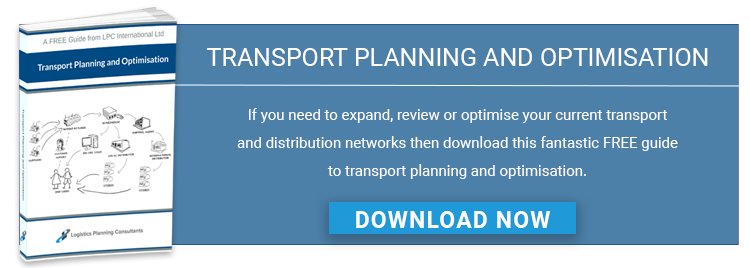
FJ Need are a manufacturer and processor of cheese. They have an in-house fleet complemented by hauliers.
Their parent company Ornua were concerned with whether the transport arrangements within Need Foods were correct, wishing to establish:- Whether third party haulier usage was effective or not
- The required changes to current fleet
- Whether to keep fleet as is, reduce fleet, disband fleet or expand fleet
Methodology
A base case model of current operations was built in our transport and distribution modelling suite accurately replicating all own fleet routes and including deliveries made by hauliers for a four week period.
Every delivery in the model was also costed as per the hauliers’ rate matrices for future scenarios.
Findings
Effective Use Of Third Party Hauliers
The base case revealed that the own fleet was performing very well achieving high vehicle fill per trip against a background of inconsistent product availability due to a very low stock and just in time production culture.
There were very few trips made by the own fleet that would have been economic to send via third party haulier. Conversely, there were negligible opportunities to build economic own fleet routes from the volumes sent through third party hauliers. This proved the effective use of hauliers.
Proposed Changes To Current Fleet
The volume sent by haulier offered very low drop density making it hard to build economic new own fleet routes with it. An extra artic was only economic on two out of the four weeks modelled offering an overall saving of 0.8% over the same work being done by haulier. This translated into a 0.3% saving overall which is well within the margin of error. Therefore the addition of an extra vehicle to the in-house fleet could not be recommended on economic grounds.
Reducing Or Disbanding The Fleet
It had been established that the fleet was well utilised and generating savings on nearly every trip versus hauliers’ rates for the same work, therefore there was no economic argument to reduce the fleet size. Disbanding the fleet in favour of a fully outsourced solution would increase distribution costs by 52% with current haulier rates.


